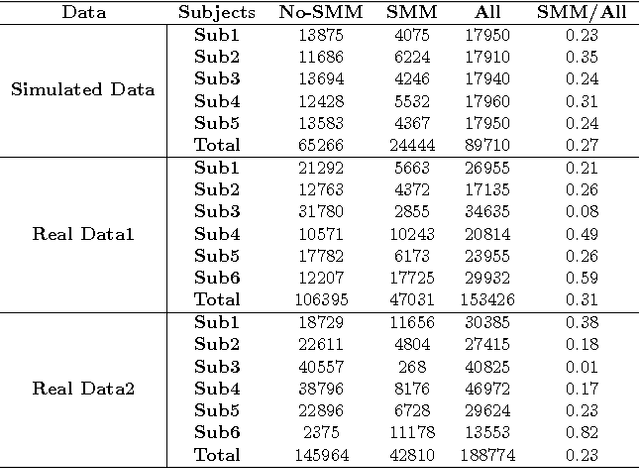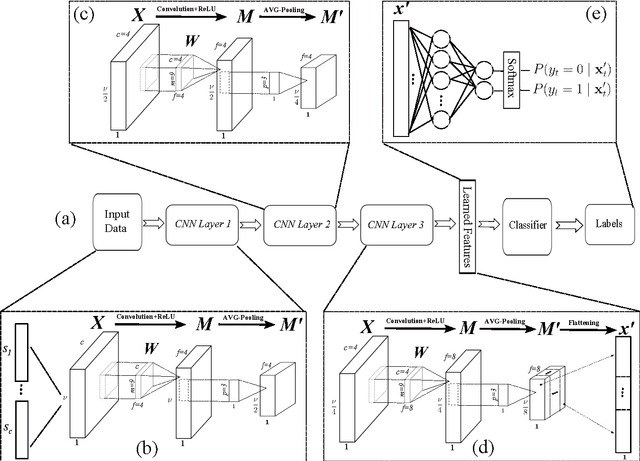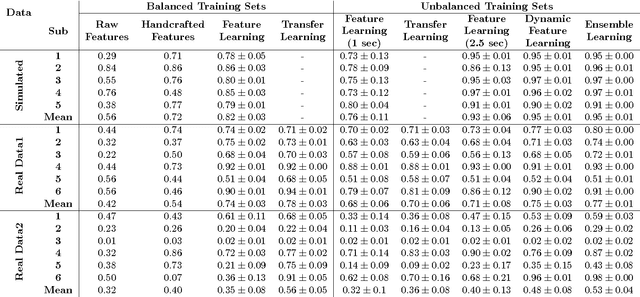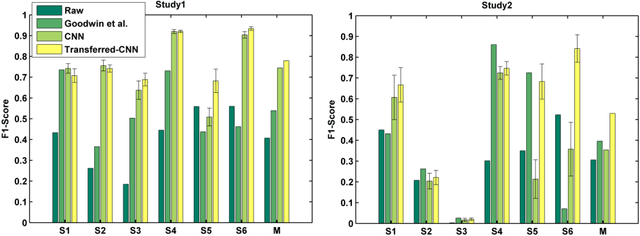Paola Venuti
Exploring Physiological Responses in Virtual Reality-based Interventions for Autism Spectrum Disorder: A Data-Driven Investigation
Apr 10, 2024Abstract:Virtual Reality (VR) has emerged as a promising tool for enhancing social skills and emotional well-being in individuals with Autism Spectrum Disorder (ASD). Through a technical exploration, this study employs a multiplayer serious gaming environment within VR, engaging 34 individuals diagnosed with ASD and employing high-precision biosensors for a comprehensive view of the participants' arousal and responses during the VR sessions. Participants were subjected to a series of 3 virtual scenarios designed in collaboration with stakeholders and clinical experts to promote socio-cognitive skills and emotional regulation in a controlled and structured virtual environment. We combined the framework with wearable non-invasive sensors for bio-signal acquisition, focusing on the collection of heart rate variability, and respiratory patterns to monitor participants behaviors. Further, behavioral assessments were conducted using observation and semi-structured interviews, with the data analyzed in conjunction with physiological measures to identify correlations and explore digital-intervention efficacy. Preliminary analysis revealed significant correlations between physiological responses and behavioral outcomes, indicating the potential of physiological feedback to enhance VR-based interventions for ASD. The study demonstrated the feasibility of using real-time data to adapt virtual scenarios, suggesting a promising avenue to support personalized therapy. The integration of quantitative physiological feedback into digital platforms represents a forward step in the personalized intervention for ASD. By leveraging real-time data to adjust therapeutic content, this approach promises to enhance the efficacy and engagement of digital-based therapies.
Deep Learning for Automatic Stereotypical Motor Movement Detection using Wearable Sensors in Autism Spectrum Disorders
Sep 14, 2017



Abstract:Autism Spectrum Disorders are associated with atypical movements, of which stereotypical motor movements (SMMs) interfere with learning and social interaction. The automatic SMM detection using inertial measurement units (IMU) remains complex due to the strong intra and inter-subject variability, especially when handcrafted features are extracted from the signal. We propose a new application of the deep learning to facilitate automatic SMM detection using multi-axis IMUs. We use a convolutional neural network (CNN) to learn a discriminative feature space from raw data. We show how the CNN can be used for parameter transfer learning to enhance the detection rate on longitudinal data. We also combine the long short-term memory (LSTM) with CNN to model the temporal patterns in a sequence of multi-axis signals. Further, we employ ensemble learning to combine multiple LSTM learners into a more robust SMM detector. Our results show that: 1) feature learning outperforms handcrafted features; 2) parameter transfer learning is beneficial in longitudinal settings; 3) using LSTM to learn the temporal dynamic of signals enhances the detection rate especially for skewed training data; 4) an ensemble of LSTMs provides more accurate and stable detectors. These findings provide a significant step toward accurate SMM detection in real-time scenarios.
Convolutional Neural Network for Stereotypical Motor Movement Detection in Autism
Jun 07, 2016



Abstract:Autism Spectrum Disorders (ASDs) are often associated with specific atypical postural or motor behaviors, of which Stereotypical Motor Movements (SMMs) have a specific visibility. While the identification and the quantification of SMM patterns remain complex, its automation would provide support to accurate tuning of the intervention in the therapy of autism. Therefore, it is essential to develop automatic SMM detection systems in a real world setting, taking care of strong inter-subject and intra-subject variability. Wireless accelerometer sensing technology can provide a valid infrastructure for real-time SMM detection, however such variability remains a problem also for machine learning methods, in particular whenever handcrafted features extracted from accelerometer signal are considered. Here, we propose to employ the deep learning paradigm in order to learn discriminating features from multi-sensor accelerometer signals. Our results provide preliminary evidence that feature learning and transfer learning embedded in the deep architecture achieve higher accurate SMM detectors in longitudinal scenarios.
 Add to Chrome
Add to Chrome Add to Firefox
Add to Firefox Add to Edge
Add to Edge